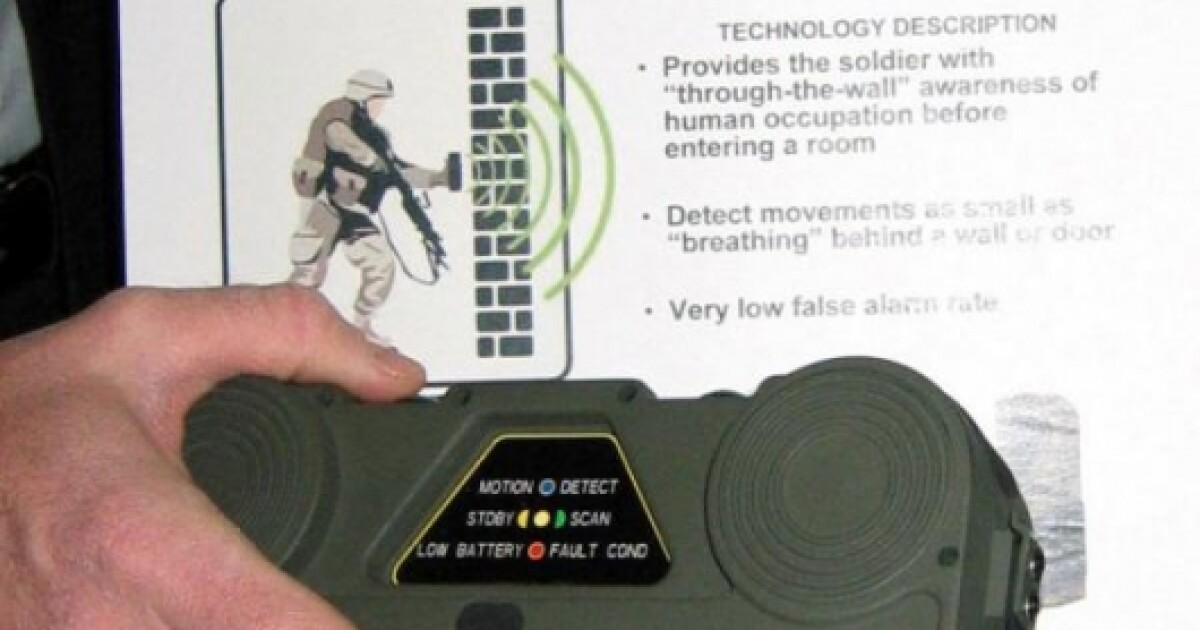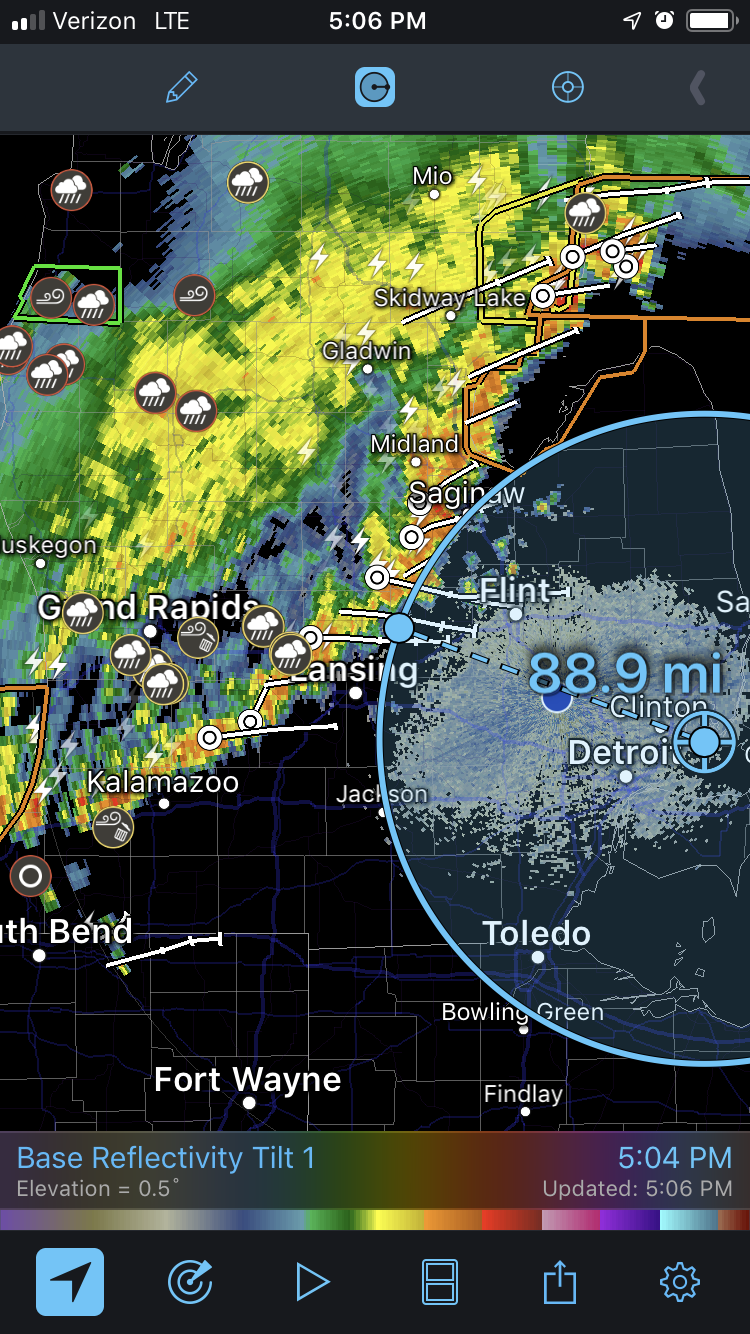

Most web-based and TV weather radar is simplified and does not remotely show the underlying detail available.
#RADARSCOPE VS PYKL3 HOW TO#
Any deficiency or ambiguity is because of their decisions in how to display this.
#RADARSCOPE VS PYKL3 SOFTWARE#
So if a particular weather provider is showing precip type and reflectivity simultaneously on the same screen and trying to map both to a single color code – it’s because they wrote software for this. A few stations may have their own commercial weather radars. Larger TV stations and web sites may write custom software to interpret and blend the various radar data products. Some smaller local market TV stations simply use Gibson Ridge GRLevelX: How this is done is up to the individual end user software.

That can be done by (a) accepting the built-in interpretation of the radar datastream which is “hydrometeor classification”, or (b) using custom software on the receiving end to combine various radar products on a single screen. However, “dual pol” simply provides the raw data – differentiating these precip types requires algorithmic interpretation. There is a mapping of reflection strength in dBZ to color: dBZ (meteorology) - Wikipedia) This radar product is purely signal strength – it does not show type of precip.įrom 2011 to 2013, the US network of WSR-88D NEXRAD weather radars were upgraded to dual polarization which for the first time enabled direct detection of sleet vs snow vs rain: Contact Us In that mode it does not show reflectivity but only precip type: Īs already explained the radar data product “reflectivity” does not and cannot specifically detect sleet. That exception is “hydrometeor classification”. With one exception, there is no mapping of color to precipitation type in the data returned from the NEXRAD system. There seems to be some overlap in the purple/violet section of the spectrum which is shared by severe rain storms and moderate ice/sleet…

There’s some examples here under “color curves” GRLevelX Tools Radar programs available to the public such as GRLevelX and Pykl3 (the only two I’m familiar with) allow you to change the way the data is displayed by customizing the color profile with a simple text file that lists the DBZ value and the RGB color you want to assign to it. From there, radar viewing software assigns a color scale. The data from NWS radar comes as numbers. The weather people don’t really get to pick from the radar since I assume the radar colors are largely standardized and they may not own the radar at all.Īh, but they can change the colors. I noticed this myself the other week when we were treated to a severe storm and I was trying to guess if the bright purple mass headed my way was a ton of rain or a lot of ice (turns out it was both – we got hail) There seems to be some overlap in the purple/violet section of the spectrum which is shared by severe rain storms and moderate ice/sleet. This can often show large circular bands of sleet which only exist in the upper atmosphere. At higher altitudes sleet may exist which melts to rain at lower altitudes (which may be below the radar “horizon” at that distance). Since radar waves travel in a straight line, due to earth’s curvature, the further from the radar station the higher in the atmosphere the signal will be. It is not 100% accurate but gives a rough idea. One of the radar products returned by WSR-88D is “hydrometeor classification”, which is a built-in algorithm to differentiate between rain, sleet, snow, debris and biologic targets. This differs between rain, sleet and snow, so for the first time various types of precip could be directly measured. This allows measuring the aspect ratio, or length vs height of precipitation particles. Starting around 2011 (in the US) the nationwide network of WSR-88D weather radars were gradually updated to dual polarization which provides separate vertically and horizontally polarized waves. Any depiction of sleet was basically a graphical guess. The radar waves had only single polarization and the return data varied only in intensity and doppler shift. Until very recently weather radar could not directly detect sleet. If it is sleeting instead of rain or snow, it doesn’t have to be coming down hard for the radar colors to look like those of a severe thunderstorm.


 0 kommentar(er)
0 kommentar(er)
